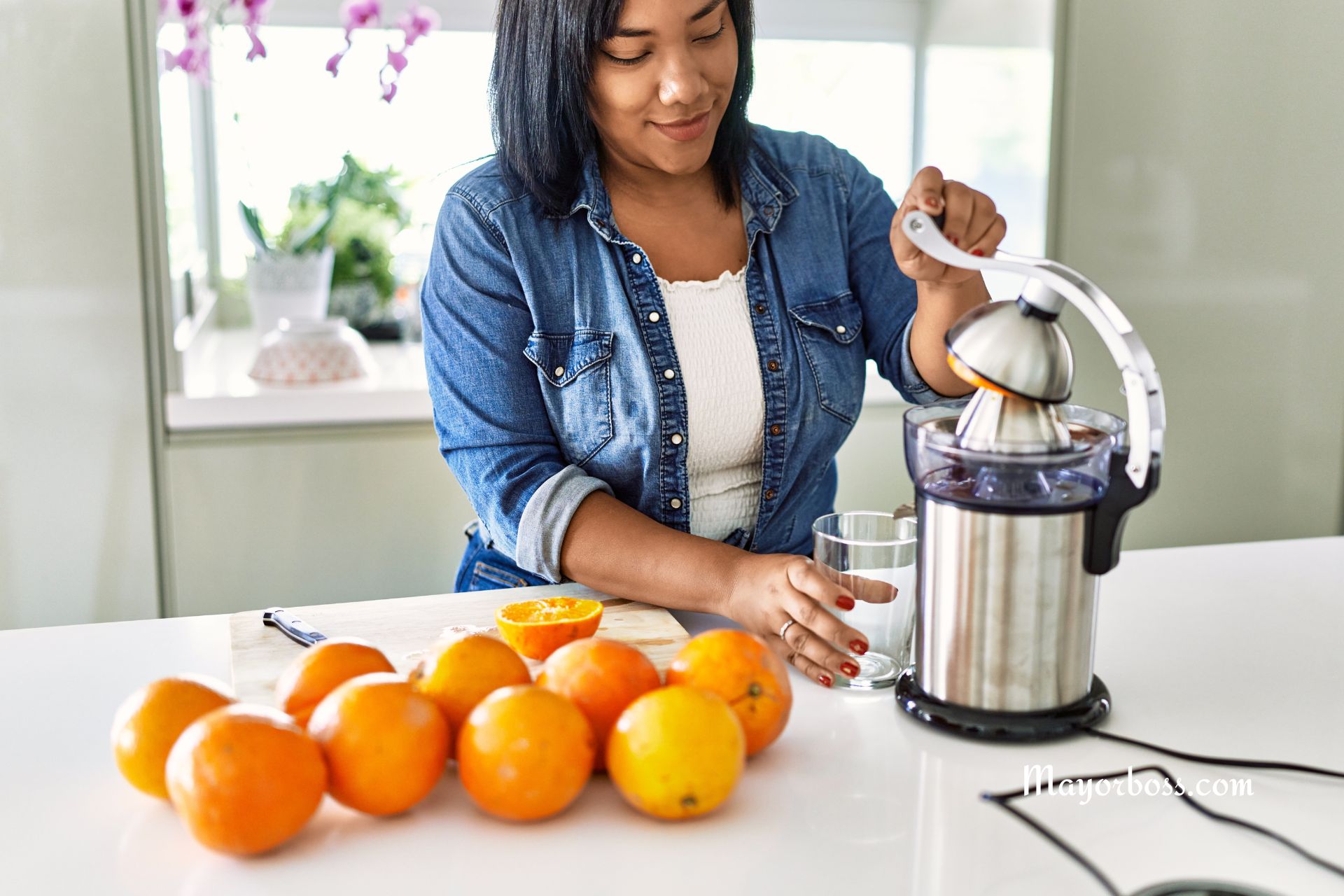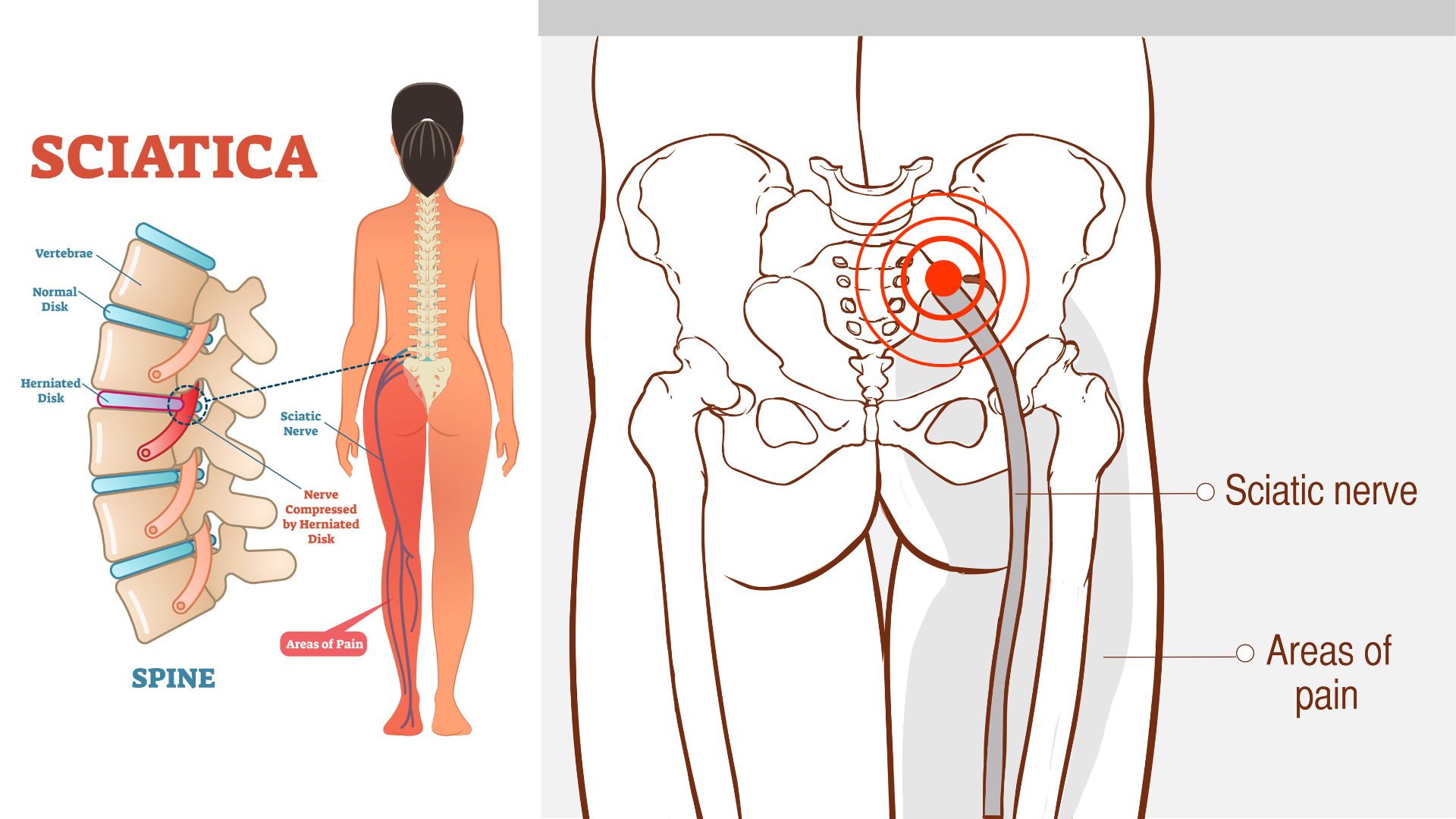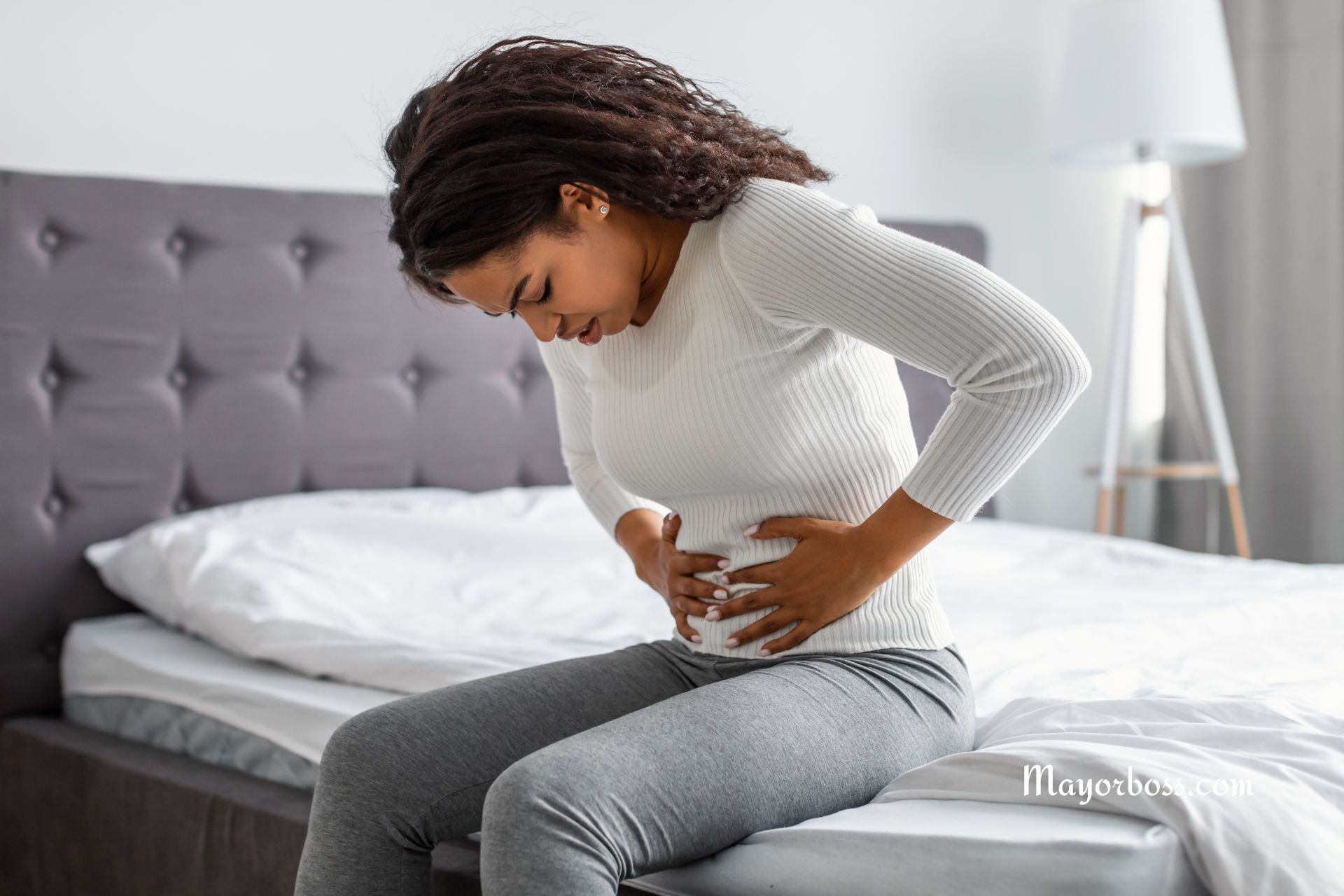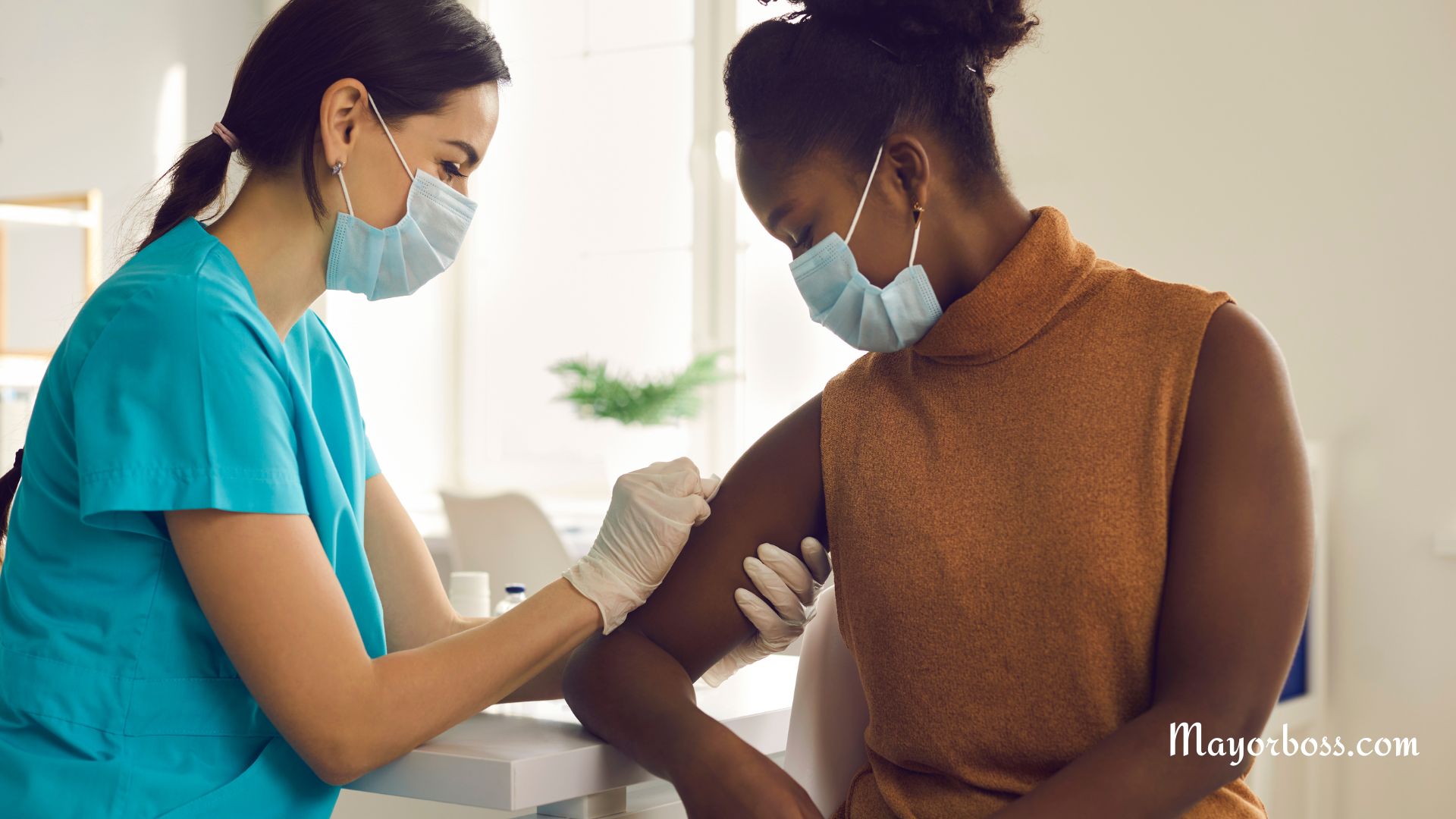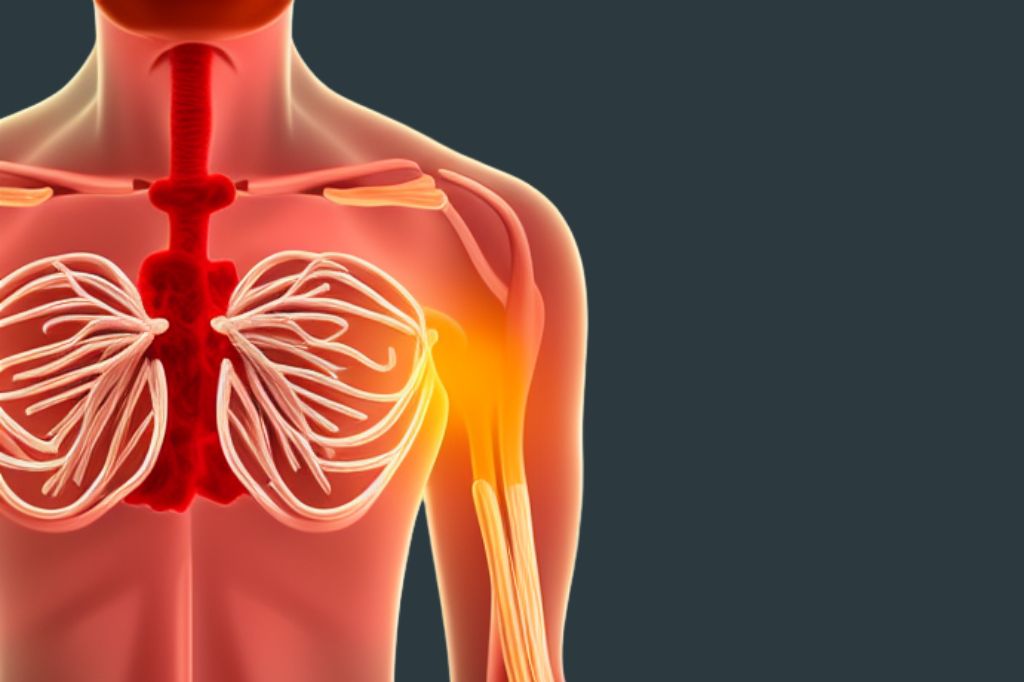5 Things You’re Doing That Make Athlete’s Foot Worse (and How to Fix It)
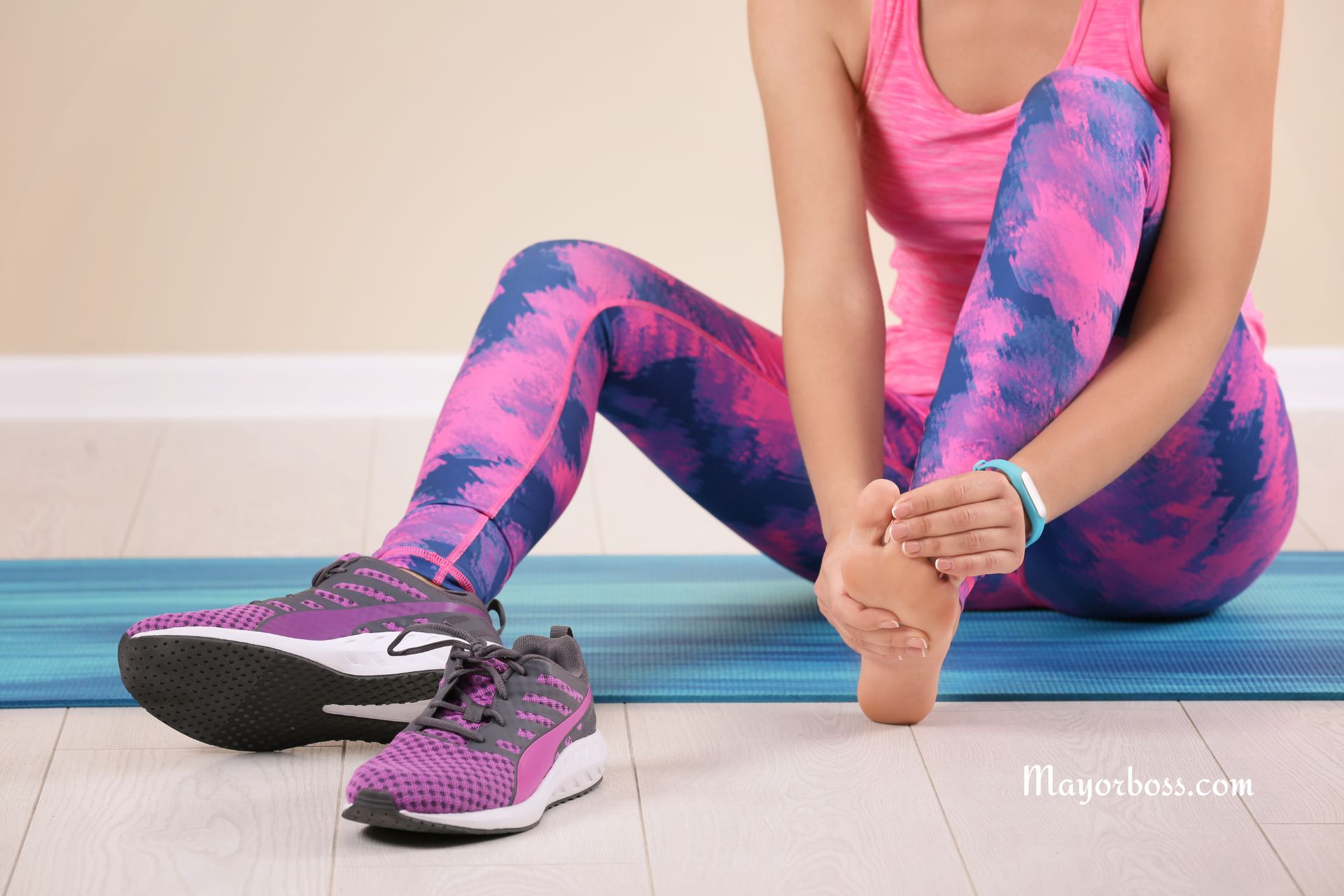
An athlete’s foot can be a pesky and uncomfortable condition, leaving your feet itchy, burning, and sometimes even peeling. Interestingly enough, some of your daily habits might be making your athlete’s foot worse without you even realizing it. Fortunately, with a few adjustments, you can take control and help your feet heal faster.
1. Wearing the Same Shoes Every Day
You might love your go-to pair of shoes, but wearing them every day can create a perfect environment for the fungi that cause an athlete’s foot to thrive. These fungi adore warm, dark, and moist environments, and your favorite sneakers can quickly become their luxury hotel.
How to Fix It:
Rotate your shoes regularly to give them a chance to air out and dry completely between wears. Furthermore, consider investing in shoes made of breathable materials, such as canvas or leather, which can help keep your feet drier and cooler.
2. Skipping Foot-Drying Post-Shower
After a shower, you might dry off your body but forget about your feet, or maybe you just give them a quick pat. This oversight leaves moisture between your toes, which is an open invitation for athlete’s foot fungi to settle in.
How to Fix It:
Make it a habit to thoroughly dry your feet with a towel after showering, especially between your toes. If you’re in a rush, use a hairdryer in a cool setting to ensure your feet are completely dry before slipping into your socks or shoes.
3. Using the Same Towel for Everything
If you use one towel for your body and feet, you could be spreading the fungus from your feet to other parts of your body and vice versa.
How to Fix It:
Dedicate a separate towel for drying your feet, or use paper towels if you’re currently treating athlete’s foot. This way, you avoid cross-contamination and give your feet a better chance at healing.
4. Walking Barefoot in Public Areas
Public showers, pools, and locker rooms are hotspots for athlete’s foot fungi. Walking barefoot in these areas is like rolling out the red carpet for these unwelcome guests.
How to Fix It:
Always wear flip-flops or shower shoes when you’re in public wet areas. This simple habit can drastically reduce your risk of getting an athlete’s foot or making an existing infection worse.
5. Ignoring Moisture-Wicking Socks
You might not think much about your socks, but they play a crucial role in keeping your feet dry. Cotton socks, while comfortable, tend to hold moisture against your skin.
How to Fix It:
Switch to moisture-wicking socks made from materials designed to pull moisture away from your skin. These socks can help keep your feet dry, significantly reducing the conditions fungi need to grow.
Frequently Asked Questions
1. Can athlete’s foot spread to other parts of my body?
Yes, an athlete’s foot can spread to other parts of your body, such as your hands and nails, if you touch the infected area and then touch another part of your body. It’s important to wash your hands thoroughly after applying any treatment to your feet.
2. How long does it take for an athlete’s foot to heal?
The healing time can vary depending on the severity of the infection and how well you follow the treatment plan. With proper care, you might see improvement within a few weeks. However, it’s crucial to continue treatment as directed to prevent the infection from returning.
3. Can I still exercise if I have an athlete’s foot?
Yes, you can still exercise, but it’s important to take precautions to avoid spreading the fungus. Wear moisture-wicking socks, use antifungal powders in your shoes, and switch out of your sweaty shoes and socks immediately after your workout.

